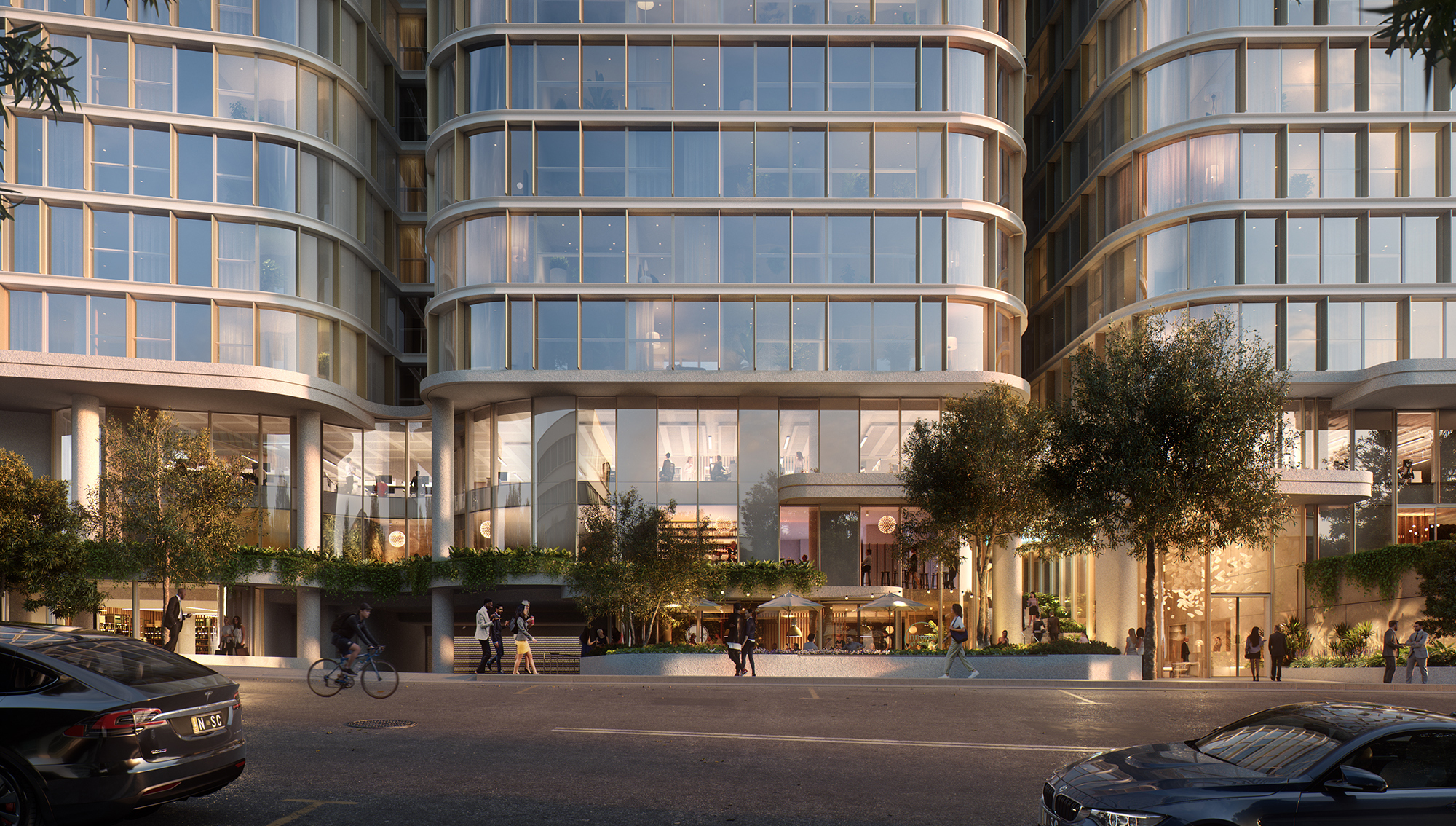Form–A Studio and Woods Bagot partnership continues
01/11/2023 | Architecture & Design
Form—A Studio, the architectural wayfinding and place curation practice making waves nationally with their unique take on place curation, has had the chance to work on projects that have enhanced the function of wayfinding for architecture in Sydney.
Wayfinding is not a widely discussed topic, it is a practice that doesn’t attract a lot of attention. Although it is an essential piece of the puzzle. Wayfinding is the practice of finding your way in a space or environment. It includes interpreting visual cues, signs, maps, landmarks, and other information to determine where you are and where you want to go. By using wayfinding, people can navigate various places like cities or hospitals and reach their destinations more efficiently.
Wayfinding directly influences user experience, safety, and efficiency within spaces. Poor wayfinding can lead to frustration, confusion, and even safety concerns for individuals navigating complex environments. Think for a moment about the importance of an address's visibility or a hospital's directional signage. Recognising the significance of this topic can lead to better-designed spaces that enhance well-being and connection with place.
The term "wayfinding" was coined by American architect and urban planner Kevin Lynch. He introduced the concept in his influential book titled "The Image of the City," published in 1960. Lynch examined the relationship between people and the urban environment, focusing on how individuals navigate and perceive cities. He used the term "wayfinding" to describe the process of understanding and navigating within the urban landscape. Lynch's work and the introduction of the term have had a significant impact on urban design, architecture, and the study of human navigation.
Form—A Studio understands the importance of its practice and the pivotal role they cover when generating a strategy and design. Their methodology takes into account psychology as well as architecture, focusing the initial moment of any project on people and behaviour and the relationship these create with spaces.
Form—A Studio has worked on numerous wayfinding projects in Sydney and through their methodology based on the act of taking care of place, they bring to life the architectural narrative supporting community and the creation of spaces that enhance connectivity, and liveability.
They pride themselves on projects delivered in collaboration with internationally acclaimed architecture firms, including Woods Bagot, a global firm that has 17 studios across six regions, specialising in architecture, interiors and master planning. Form—A Studio and Woods Bagot have now completed four projects together: 44 Market Street, West Village Parramatta, Mason & Main and the acclaimed AURA by Aqualand.
Derek Scholes, Senior Associate Architect at Woods Bagot says, “Woods Bagot places the human experience at the centre of our design process in order to deliver engaging, future-oriented projects that respond to the way people actually use space. With the team at Form—A Studio, we were able to deliver the human-driven design we’re after.”
AURA by Aqualand, designed by Woods Bagot with interiors by Richards Stanisich, is an embodiment of contemporary luxury apartment living, with generously-spaced interiors, sumptuous amenities and lavish textures.
“Woods Bagot’s design looks to encapsulate the glory of the harbour city. The glass facade channels the softly eroded forms of the harbour, with the building oriented to frame views out to the city’s most iconic landmarks and scapes,” Derek says.
AURA by Aqualand in North Sydney is strategically located in an area that is transforming living for communities to come, only a walk away from landmarks, transport and entertainment. Biophilia is a major cornerstone of the building’s design response, with a green thread running through the precinct. The development will home a new urban lifestyle in harmony with nature, including world class amenities, restaurants and living spaces.
The delicate shape of the architectural structure and the immaculate choice of materiality and colour palette, are a celebration of the natural energy that surrounds the place, supporting its spirit of the place and vision for the new community of AURA.
“Our intention aims to honour the practice of traditional craftsmanship blended with modern architecture supporting the creation of superior design that elevates and distinguishes the experience between the different spaces: public, private, residential, comercial, amenities and retail,” says Claudio.
The sculptural element of AURA is the driver of Form—A Studio’s design process. The bare material imposes its presence into the environment, starting a dialogue with the architecture and its palette.
“What distinguishes the architecture is the artistic approach through materials and shapes, like aluminium messaging, translucent and precious materials, carved and integrated design, sculptural stone, metal finishes and integrated lighting.”
Construction is well underway at AURA, which is due for completion in 2024.
Published by Jarrod Reedie
